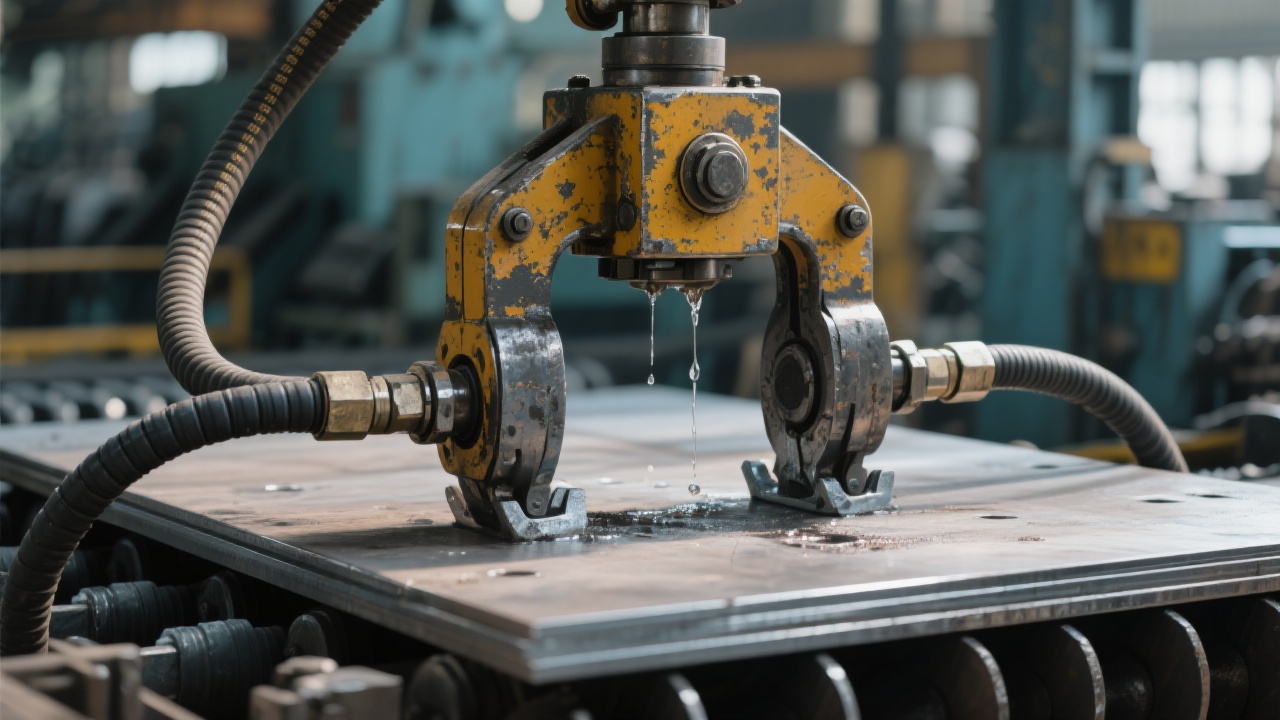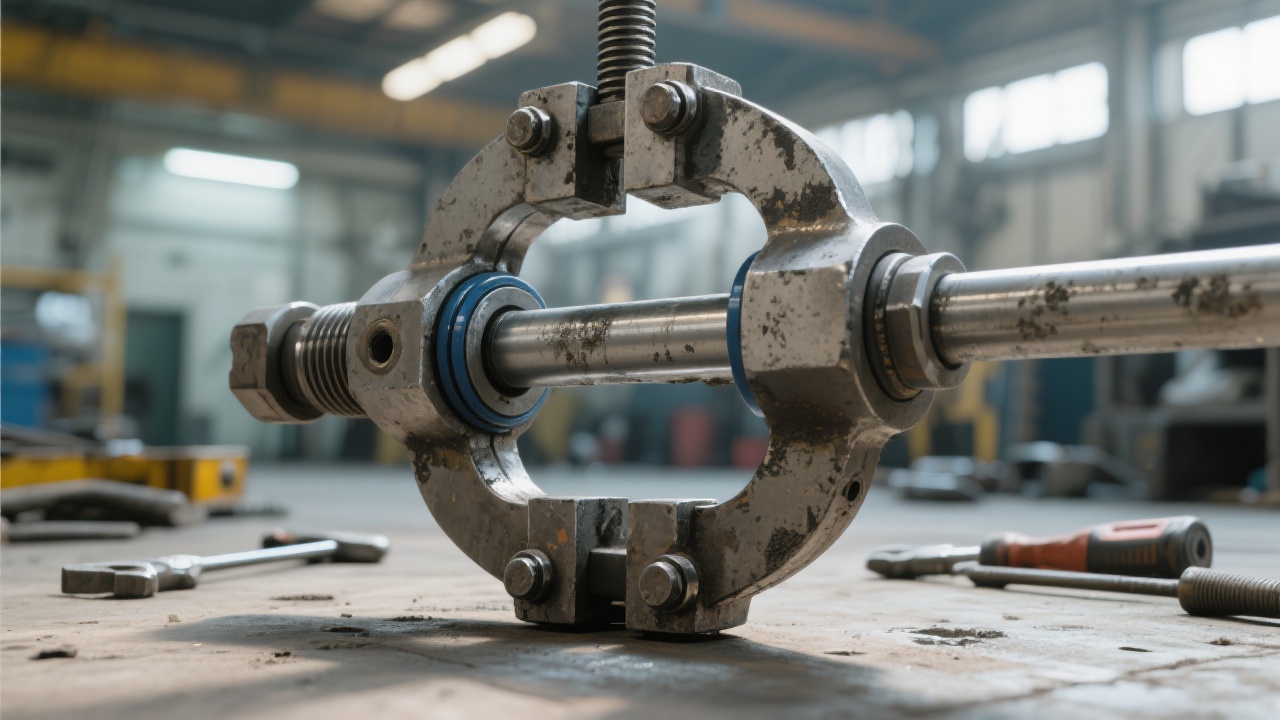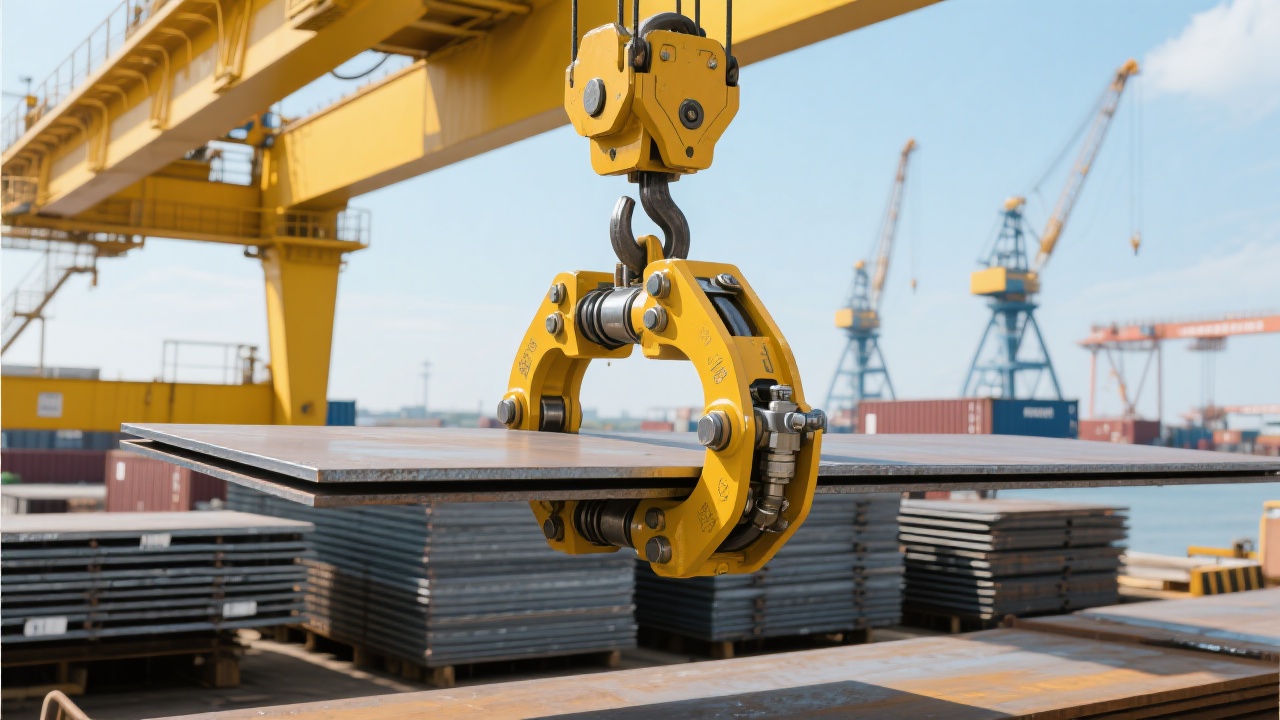
In the realm of the steel industry, enhancing production efficiency and achieving intelligent manufacturing are top priorities. This article delves into the automated integration application of Dalian Tiding Heavy Industry's pneumatic durable slab clamps for hot - rolled high - temperature steel plates in modern hot - rolling production lines. Through a real - world customer case, we will explore how a steel mill successfully increased its production line efficiency by 30% through the integration of automated clamps.
The integration mainly involves seamless docking with PLC control systems, robot handling systems, and AGV trolleys. For the signal interface configuration between the automated clamp and the PLC, it is crucial to ensure accurate data transmission. For example, the input and output signals of the clamp need to be precisely defined. The following is a simple example code for signal configuration in PLC programming:
// Input signal for clamp status
BOOL clamp_status = PLC_INPUT(0);
// Output signal for clamp control
PLC_OUTPUT(1, clamp_command);
Regarding the action sequence logic, the clamp's opening and closing actions must be coordinated with the movement of the robot and the AGV. A well - designed action sequence can significantly improve production efficiency. For instance, when the robot moves to the designated position, the clamp should open at the right time to grab the steel plate. The safety interlock mechanism is also vital. It ensures that the clamp will not operate under unsafe conditions, such as when the robot is in an abnormal position. The following flowchart shows the basic safety interlock logic:

During the on - site installation and debugging process, several key aspects need attention. First, the adjustment of the air source pressure is critical. An appropriate air source pressure (e.g., 0.6 - 0.8 MPa) can ensure the stable operation of the pneumatic clamp. Second, the calibration of limit switches is necessary. Incorrectly calibrated limit switches may lead to inaccurate positioning of the clamp. Anti - jitter measures should also be taken for limit switches to avoid false signals. For example, adding a filter circuit can effectively reduce jitter.

Let's take a closer look at the customer case. Before integrating the automated clamps, the steel mill's production line efficiency was relatively low, with a daily output of about 500 tons of steel plates. After the successful integration of Dalian Tiding's automated clamps, the production line efficiency increased by 30%. The daily output reached 650 tons, and the defect rate decreased from 3% to 1%. These data clearly demonstrate the significant benefits of the automated clamp integration.

Dalian Tiding Heavy Industry's automated clamps offer a comprehensive solution for hot - rolling production lines. With advanced technology, reliable performance, and successful application cases, they can help steel manufacturers improve their production efficiency and achieve intelligent manufacturing. If you are looking for a reliable solution to enhance your production line, don't miss out on our innovative automated clamps. Click here to learn more!
Q: What is the service life of the pneumatic clamp?
A: Under normal operating conditions, the service life of our pneumatic clamp can reach more than 1 million cycles.
Q: Can the clamp be customized according to our specific requirements?
A: Yes, we can customize the clamp's size, clamping force, and other parameters according to your specific needs.
Do you have similar problems in your industry? Share your specific scenarios with us, and we'll send you 3 more solution cases from the same industry.

